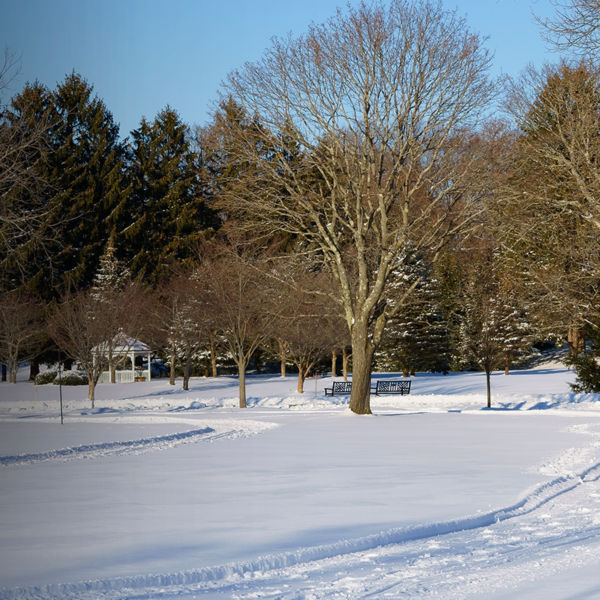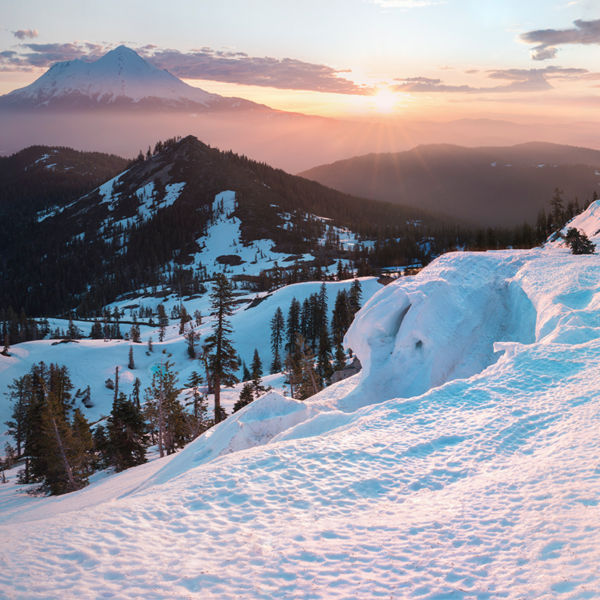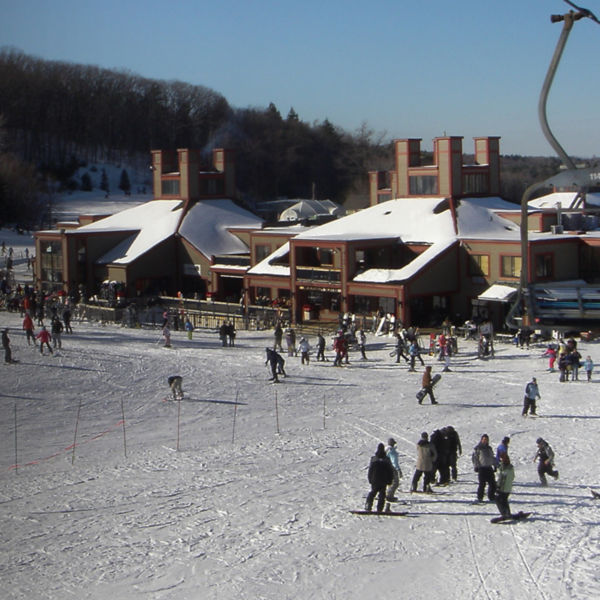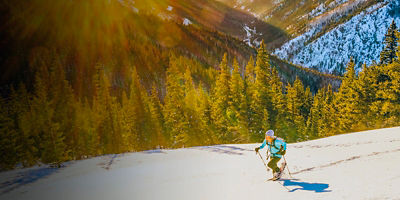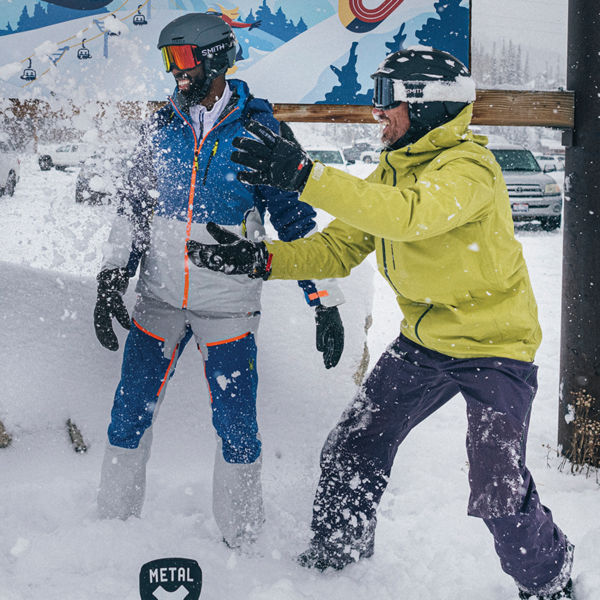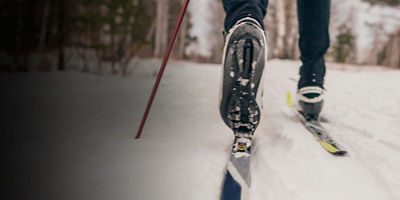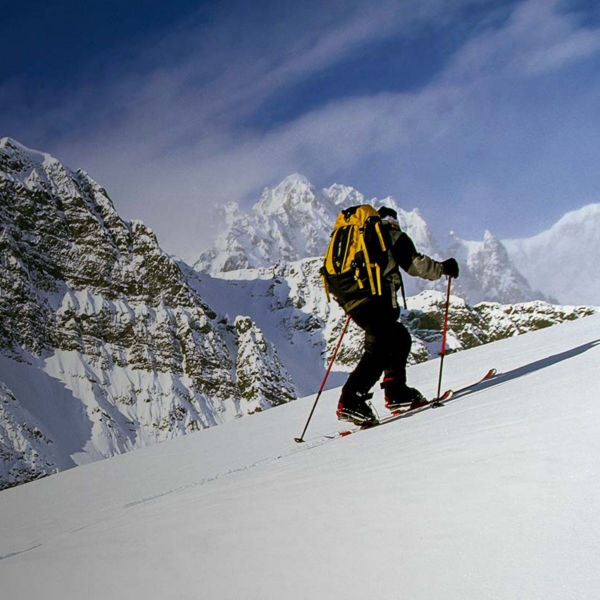
So, you got yourself a new pair of skis. Congratulations, you’re almost ready to take them out and have more fun than ever schussing the slopes. But before you do, there are a few things you need to do to take care of them, both as soon as they come out of the wrapper, throughout the season and over the course of the summer. Assuming your bindings are mounted and adjusted by a certified professional, use the following tips to get the most out of your sticks or your new snowboard.
Out of the Box
Believe it or not, your skis aren’t ready to go as soon as you buy them. While tolerances and quality are a lot better than they used to be, some skis may still need a few tweaks.
Base vs edge height
One of the first things to check for (or have your shop check), says Will Martin of Colorado’s Steamboat Ski & Bike Kare, is if your skis are flat, and not base- or edge-high. Base-high and your edges won’t grip; edge-high and your bottom won’t glide. To check, run a flat bar along the bottom and look for any daylight between the edges. If you see light along the bottom, that means your skis are edge-high, meaning your edges should be filed down. If you see light along the edges (instead of the base), your skis are base-high. To fix this, your shop will put them on the grinder to bring it down.
Wax
While most new skis come with wax integrated into their bases, they can always benefit from more, says Martin, to further embed wax into the base’s pores for a smooth, fast glide. (If you don’t know how to do this yourself, have your local shop do it.) “Most manufacturers have their skis’ base structure pretty dialed out of the wrapper,” he says. “But the more you put on the better. With our Nordic skis, we put six layers on before they go out the door.”
Edges
Many skis in the old days benefited from a quick “de-tuning” of the edges near the tips and tails to make them less grabby. While that’s not so much the case anymore, have your shop technician check them just the same. “Most now come factory-tuned, but it’s a good thing to check,” Martin says. “If they’re too sharp in the tip or tail, a little deburring can help.”
During the Season
A few easy measures can extend the life of your skis and increase their performance on-hill.
Dry them off
Don’t just store your skis wet at the end of the day. To prevent rust and corrosion on both your edges and bindings, dry them off after use by taking a small towel and wiping off the water created by melted snow.
Burrs begone
Smooth out any burrs that your edges might have picked up from errant rocks during the day by running your thumb up and down each edge, feeling for tiny nicks. Use a diamond or aluminum-oxide deburring stone to fix any rough spots by rubbing it up and down the sides of the edge.
Hot wax
Apply hot wax to your ski bases every so often during the winter (hint: colored bases might turn cloudy; black bases might turn gray when it’s needed). It’s relatively easy to do using rub-on versions or drip-on wax with an iron. (Make sure to move the iron back and forth so it doesn’t rest in one place on the base for too long).
Sharpen your edges
This is more difficult to do yourself but will help your skis carve packed snow. Take them into your local shop if you’re not sure. See more tuning tips below.
Off-Season Care
Clean and wax before storage
Before storing your skis away for the summer, wipe the bases clean and iron on a coat of hot wax (no need to scrape). Then give them a good scrape and another wax for the conditions when the next season rolls around.
Store dry and cool
Store your skis out of the sun in a cool, dry location such as a garage, closet or crawl space. (Note: Try to keep them out of direct sunlight and areas of high temperature.)














